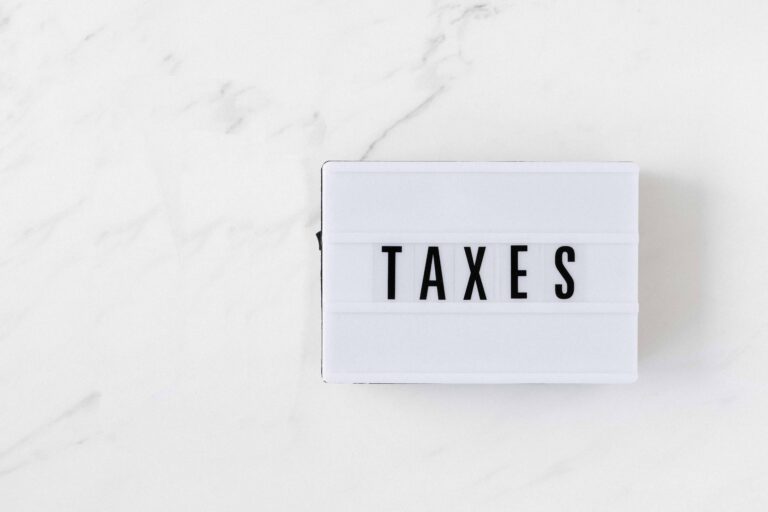In this blog we are going to discuss how capital gains tax works for three of the most popular forms of assets held by ordinary Australian investors: shares, property and cryptocurrency.
Australians love investing in shares! They are accessible, variable, and available. The equities market in Australia has benefited from a combination of the tremendous size of our superannuation funds, and consistent growth in a few key industry sectors. This performance has flowed on through to everyday investors over time and resulted in great faith being placed in the share market.
Greater than our love of shares though, is our love of property. The much vaunted Mum and Dad investors’ vehicle of choice for decades has been residential property, and for good reason! We love to back a dark horse too, and for the time being cryptocurrency is well and truly taking that title. Crypto has been particularly popular for younger investors, however it is making significant strides into the mainstream and is looking very likely to increase in popularity.
Though shares, property, and crypto are distinct asset classes with unique and changing attributes, what they all have in common in Australia CGT, which is applicable when said asset is sold or disposed of for a profit. Understanding the implications of capital gains tax on these assets is crucial for investors if they want to maximise their tax benefit. It’s essential to grasp the basics of CGT and how it applies to share, property and crypto investments. There are of course other asset classes that also are bound by the same capital gains tax rules such as collectables, precious metals, etc. However, they will be the subject of a future blog.
Capital gains made from the sale of your investment assets are taxable. This means you need to include these gains as taxable income in your tax return for the financial year. To determine the taxable amount, you’ll need to calculate the cost base of your asset. This includes the original purchase price, brokerage or transaction fees, and any other associated costs. The capital gain is then calculated by subtracting the cost base from the selling price.
It’s worth noting that the ATO allows certain exemptions in the case of crypto. If you hold cryptocurrencies for personal use and not for trading or business purposes, any capital gains realised may be exempt from taxation. However, if you use cryptocurrencies to buy goods or services, this may trigger a CGT event.
Keeping meticulous records of your cryptocurrency transactions is vital for accurate tax reporting. This includes details such as the date of acquisition, the value in Australian dollars at the time of the transaction, and the purpose of the transaction. These records will help you determine the correct CGT obligations and avoid any penalties for non-compliance. This is no different for shares or property either, diligent record keeping is essential. We recommend you keep as much documentation as you can, and securely back it up in the cloud to avoid unfortunate mishaps. For property, this extends to all your ongoing expenses!
Don’t despair at the thought of the tax man reaching fully into your pocket though, there are some generous capital gains tax exemptions and concessions available that are reachable with not too much difficulty.
If you sell your main residence or principal place of residence (PPOR), in most events you will be exempt from CGT. If your main residence is not a traditional dwelling with equipped utilities, or you run your business, or if you make rent from your PPOR, or if it is greater than two hectares, we recommend you speak to an accountant prior to selling your property.
The most well known discount method to individuals is the 50% discount on the capital gains for assets held longer than 12 months from the date of purchase. The 50 % discount method effectively reduces the taxable amount of the capital gain and provides a strong incentive to hold assets for more than one year.
A less common alternative to the 50 % discount method is the index method, which takes into account inflation of the purchase costs at the time of purchase and converts them to today’s dollars at the date of sale. This method will yield different results than the 50 % discount method and may result in higher savings in some cases. One example where the index method should be considered is in acquisition and disposal of vacant land. Additionally, small business owners and certain other investors may be eligible for further CGT concessions.
Investors can also consider strategies such as tax-loss harvesting, where capital losses are used to offset capital gains, thereby reducing the overall tax liability. Seeking guidance from a tax professional or registered financial advisor can provide valuable assistance in managing your tax obligations and making informed decisions.
Understanding the taxation of capital gains on shares, property and crypto is vital for investors in Australia. By familiarising themselves with the rules and exemptions, investors can make informed decisions, optimise their tax positions, and potentially reduce their tax liabilities. Consulting with a tax professional or financial advisor can provide valuable guidance tailored to individual circumstances, ensuring compliance and maximising investment returns. Understanding the ATO’s guidelines and keeping accurate records of transactions will ensure compliance and minimise the risk of unexpected tax liabilities.



